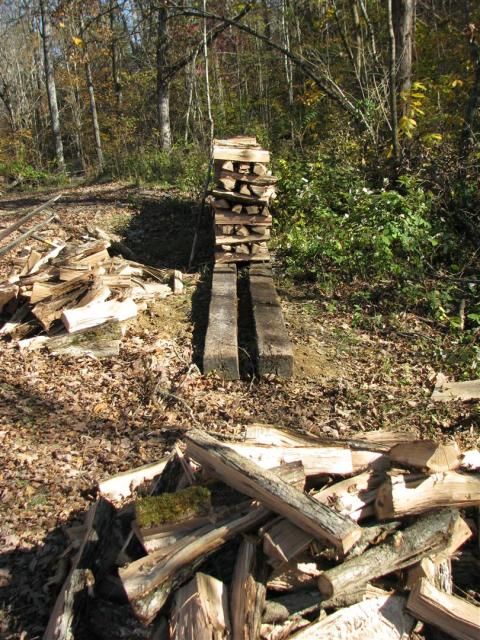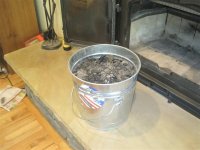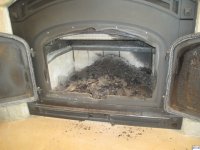dstig1
Elite Member
- Joined
- Apr 7, 2010
- Messages
- 4,786
- Location
- W Wisc
- Tractor
- Kubota L5240 HSTC, JD X738 Mower, (Kubota L3130 HST - sold)
Yeah I agree with M7 that you need to get ahead of this issue. You need to make firewood a priority for a while if you plan to use this regularly going forward. Even if that means buying a couple cord of good dry firewood (of you can find it) to get you going so you have time to cut and split what you need to get ahead of the demand. One way or the other - pay or work - you need to do this or you risk serious issues like a flue fire. Cut it, split it , stack it and let it dry. Your pallets are nice for handling, but they are probably not the best for airflow. Firewood is usually stacked in single rows, but you have a 4x4' square. Then tarping over the top tightly like you show further restricts air. handling firewood as little as possible is good, but not if it stays wet. You can always use those bins to toss firewood into to bring to the house or something, but working on improving the airflow in those will help the most. Perhaps a lean-to where you can put them relatively out of the weather but still with lots of room for air movement?


